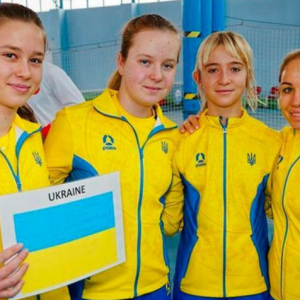Happy Gilmore 2 continued on a historic Netflix trajectory.
It’s time to throw away the nickname “cult-favorite.”
The second movie in the Happy Gilmore franchise might have tracked in much of the same chuckle-worthy inanity of the first, but it arrived into the movie-watching world with something the first could never dream of: Smash-hit status.
Earlier this week, Netflix announced that Happy Gilmore 2 led its english language “Top 10” chart for the second consecutive week, drawing in an additional 40.8 million viewers in week 2 to push the overall audience to nearly 90 million viewers. In fact, per Netflix, the new Happy Gilmore has been so successful with viewing audiences that it has also driven viewership of its nearly 30-year-old predecessor, which pulled in another 11.3 million viewers to land fourth on the english language “Top 10.”

The success of the new Gilmore film was not a surprise to golf fans, who longed for a follow-up to the Sandler 90s classic for decades, and were rewarded with a film loaded with celebrity (and golf-celebrity) cameos. Still, for those in Hollywood, the HG2 success has brought about at least a mild eyebrow-raise. Comedy has become a forgotten genre in modern content era, a fact that many movie insiders attribute to the changing economics of the TV and movie business.
On the whole, comedy tends to be neither low-budget nor extremely high-grossing, leading production houses and streaming companies to turn their interests in the direction of films that can provide either bargain-priced prestige (think Anora), or high-priced ROI (think Barbie or The Avengers). In contrast, Happy Gilmore sat between those two goalposts, and many in Hollywood wondered whether it would deliver the broad appeal needed to financially justify its existence.
Through two weeks, at least, Sandler and Co. have passed those tests with flying colors, delivering one of Netflix’s most-watched films of the year — and after just two weeks, closing in on Netflix’s Top 10 most-watched english language films of all-time.
Of course, the film received no shortage of support from the streaming giant itself, which poured millions into the marketing and promotional efforts for the film. But the “big bet” from Netflix appears to have been well-placed, giving the world’s largest streamer the kind of bingeable, easy-watching hit that has proved elusive over the last several years.
The movie arrives at a time of optimism for golf in Hollywood. After the pandemic boom, major production houses like Netflix and Apple greenlit TV shows and movies based around the sport that have started arriving to streamers this year. Beyond Happy Gilmore, AppleTV’s Stick was renewed for a second season (despite tepid reviews), and Netflix announced the creation of a forthcoming comedy TV series featuring Will Ferrell and Molly Shannon and directed by Rian Johnson.
For lower-case-G golf, the news of Hollywood success arrives as a welcome change in the tides. After decades outside of the sports world’s cultural center, Hollywood hits like HG2 help golf maintain a chunk of its mainstream success in the post-Tiger Woods era. And mainstream success is good for business, both for those who write about the game and for those who play it.




